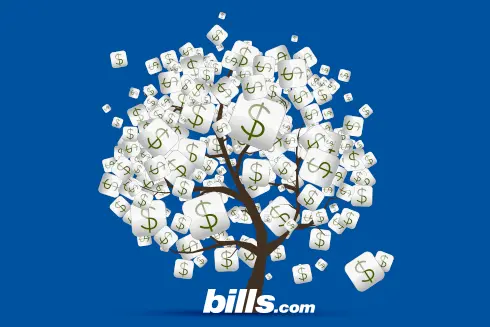
Get rid of your debt faster with debt relief
Choose your debt amount
Or speak to a debt consultant 844-731-0836
- The Social Security Administration routinely overpays beneficiaries.
- The SSA will ask a beneficiary to return overpayment.
- Beneficiaries can appeal overpayment requests.
What if someone owes $18,000 to Social Security from overpayment and now the SSA wants the money back?
What if someone owes $18,000 to the Social Security Administration from overpayment from when they were younger and now the SSA wants the money back? What can the government do if they don't repay it? They are not disabled and work a normal, minimum-wage job. They can't afford to pay it back.
Overpayment of Social Security benefits is not uncommon. Mistakes can be made by either person receiving the benefits or by the Social Security Administration (SSA).
Because of the complex formulas used to calculate benefits, and the huge number of beneficiaries in the system, the SSA inevitably makes mistakes in benefits payments. Errors can also result from the applicant not informing the SSA of some important change in their situation. Some common errors include:
- A person earning income and not informing SSA.
- The SSA recalculating benefits it already paid.
- A change in a person's living situation, such as a reduction in housing costs, that affects the benefits award.
Request for Repayment
When the SSA realizes it has overpaid a beneficiary, it will send the individual a letter requesting that recipient pay back the money that he or she received in error. However, the SSA knows that some of the people who it has overpaid in the past are not financially capable of compensating the SSA for the overpayments, which can be substantial, especially if the error was not caught and corrected quickly.
Quick tip:
If repaying Social Security is causing you to struggle with other bills, get a no-cost, no obligation analysis of your debt options from a pre-screened debt relief provider.
Repayment Waiver
The SSA has a whole section on its Web site discussing overpayment issues and what you can do if you either think that you were not overpaid, or if you cannot afford to pay back the money. You can visit Understanding Supplemental Security Income Overpayments for more information. Also, the forms you need to complete are available at Request For Waiver Of Overpayment Recovery Or Change In Repayment Rate - Form SSA-632-BK.
If you claim inability to repay the debt due to financial hardship, you will need to submit the appropriate form (see SSA Web page mentioned above) along with proof of your inability to pay, such as your pays-tub, rent receipts, and utility bills, receipts for medications and other medical care, and any other documentary evidence supporting your claim that you do not have enough money to repay the SSA after meeting your family's basic living expenses.
The SSA will review your request, and if it approves the request, it may entirely or partially waive the overpayment obligation. If the SSA rejects your request, you do have the option to file an appeal; depending on the amount of money in question, it may be wise to hire a lawyer to assist you with the appeals process.
Many legal aid and other pro bono legal services can assist with SSA overpayment disputes (for an example of the types of help you may be able to receive through legal aid, you can visit Pine Tree Legal Assistance's page How to Cope with Social Security Overpayments).
In a worst case scenario, the SSA may be able to garnish your wages and seize other assets, such as money in your bank accounts, to collect this debt. This extreme action is only likely to happen if you ignore the problem and do not communicate with the SSA to work out some type of solution, either a waiver, deferment or repayment, or an affordable payment plan.
I hope this information helps you Find. Learn & Save.
Best,
Bill
Dealing with debt
If you are struggling with debt, you are not alone. According to the NY Federal Reserve total household debt as of Quarter Q4 2023 was $17.503 trillion. Student loan debt was $1.601 trillion and credit card debt was $1.129 trillion.
According to data gathered by Urban.org from a sample of credit reports, about 26% of people in the US have some kind of debt in collections. The median debt in collections is $1,739. Student loans and auto loans are common types of debt. Of people holding student debt, approximately 8% had student loans in collections. The national Auto/Retail debt delinquency rate was 4%.
Collection and delinquency rates vary by state. For example, in Georgia, 18% have student loan debt. Of those holding student loan debt, 9% are in default. Auto/retail loan delinquency rate is 6%.
Avoiding collections isn’t always possible. A sudden loss of employment, death in the family, or sickness can lead to financial hardship. Fortunately, there are many ways to deal with debt including an aggressive payment plan, debt consolidation loan, or a negotiated settlement.